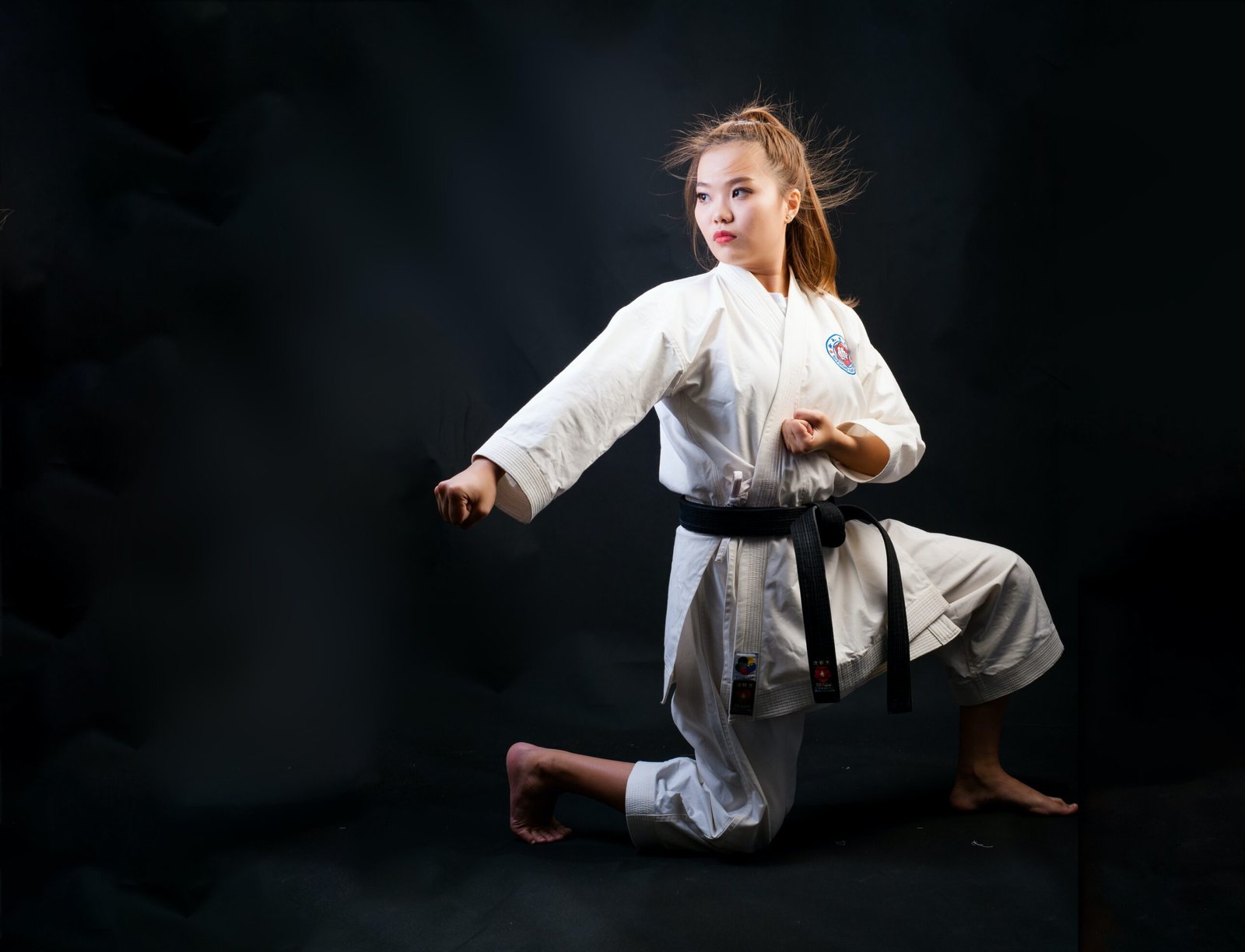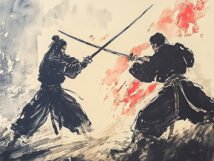If you've ever wondered about the best martial arts for self-defense, look no further. USHRK Kumdo & Kendo offers modern Korean style martial arts that can help you improve your physical and mental strength, while honing your skills in self-defense. With their program, you can gain greater confidence and learn effective techniques to protect yourself. Don't wait any longer, visit them today for the best martial arts experience near you.
Overview
Introduction to self-defense martial arts
Are you interested in learning self-defense techniques to protect yourself and your loved ones? Self-defense martial arts can provide you with the necessary skills and knowledge to defend yourself in potentially dangerous situations. With various styles and techniques available, it can be overwhelming to choose the right martial art for your self-defense needs. In this comprehensive article, we will explore different martial arts styles categorized into striking arts, grappling arts, hybrid martial arts, and weapon-based arts. We will also discuss important considerations such as physical attributes, time commitment, realistic training, and the instructor's expertise to help you make an informed decision.
Striking Arts
Karate
Karate, originating from Okinawa, Japan, is a popular striking martial art that emphasizes powerful strikes using punches, kicks, and knee strikes. It also incorporates blocking techniques to defend against attacks. Karate focuses on developing discipline, mental focus, and physical strength. Through rigorous training and katas, which are pre-determined forms, karate practitioners enhance their coordination, balance, and overall fitness. Karate is an excellent choice for self-defense as it enables practitioners to quickly and efficiently strike their opponents with precise and forceful movements.
Taekwondo
Taekwondo, a Korean martial art, primarily focuses on high, fast kicks and fluid movements. It places a strong emphasis on kicking techniques, but it also includes punches, blocks, and open-handed strikes. Taekwondo practitioners develop their flexibility, agility, and cardiovascular fitness through intense training. Besides self-defense skills, Taekwondo promotes discipline, self-control, and self-confidence. The combination of powerful kicks and quick strikes makes Taekwondo effective in self-defense situations, enabling practitioners to immobilize or incapacitate attackers from a distance.
Muay Thai
Muay Thai, also known as Thai Boxing, originated in Thailand and is renowned for its ruthless power and striking techniques. It utilizes punches, kicks, knees, and elbows, making it a comprehensive combat system. Muay Thai training involves intense conditioning, pad work, and sparring to develop strength, endurance, and precision. Due to its focus on practical techniques and relentless strikes, Muay Thai is highly effective in real-life self-defense scenarios, enabling practitioners to strike with devastating force and neutralize threats swiftly.
Boxing
Boxing is a martial art that solely focuses on punches, footwork, and head movement. With its origins dating back to ancient Greece, boxing has evolved into a popular sport and self-defense system. Through training, boxers develop exceptional hand-eye coordination, speed, and defensive skills. Boxing enhances physical fitness and mental focus, as practitioners must anticipate their opponents' movements and react accordingly. While it primarily focuses on punching techniques, boxing provides valuable self-defense skills by teaching practitioners how to effectively strike, evade, and maintain control in close quarters.
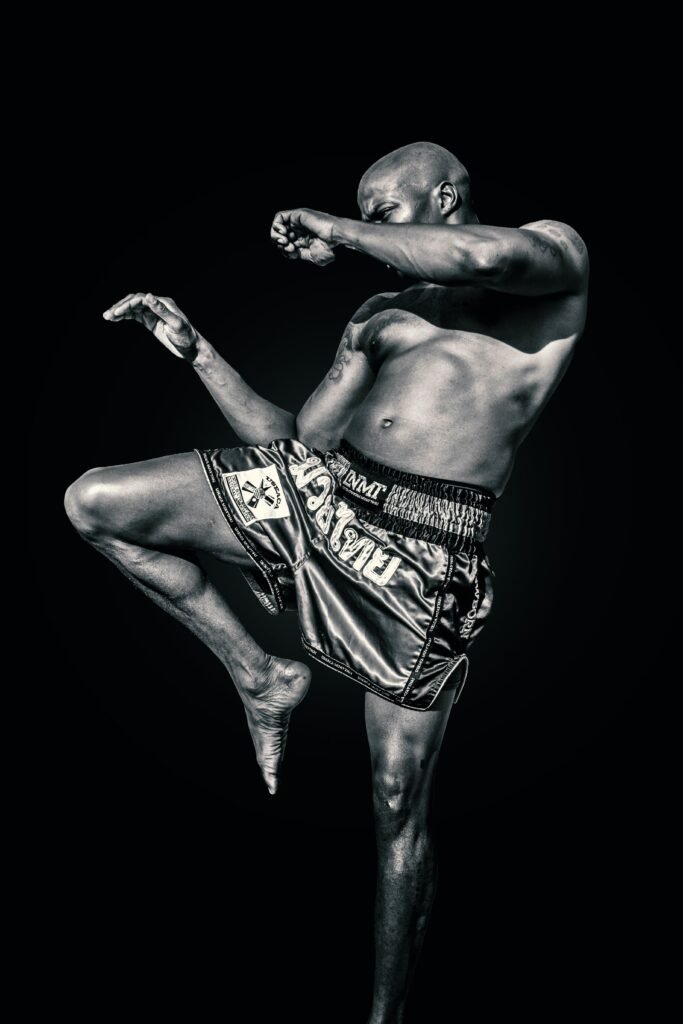
Grappling Arts
Brazilian Jiu-Jitsu
Brazilian Jiu-Jitsu (BJJ) is a grappling martial art that emphasizes ground fighting and submissions. It was developed from traditional Jiu-Jitsu and gained popularity through its effectiveness in mixed martial arts competitions. BJJ focuses on techniques such as joint locks, chokes, and holds to control and submit opponents, regardless of their size or strength. Practitioners of BJJ learn to use leverage, technique, and proper body positioning to neutralize attackers. In self-defense situations, BJJ allows practitioners to efficiently control and subdue assailants by bringing the fight to the ground, where they can utilize their skills to gain dominance.
Judo
Judo, a Japanese martial art, is known for its grappling and throwing techniques. It emphasizes using an opponent's momentum and leverage to overpower them. In Judo, practitioners learn various throws, takedowns, and groundwork techniques. Apart from self-defense, Judo cultivates discipline, respect, and mental concentration. Its techniques are especially advantageous for individuals facing larger or stronger attackers, as Judo emphasizes efficient ways to immobilize and neutralize opponents using leverage instead of relying solely on brute force.
Hybrid Martial Arts
Krav Maga
Krav Maga is a self-defense system developed by the Israeli military, focusing on real-life combat situations. It combines techniques from various martial arts, including boxing, Muay Thai, Judo, and wrestling. Krav Maga teaches simple and instinctive movements, providing practitioners with effective self-defense skills regardless of their physical attributes. It emphasizes practicality and rapid counterattacks to neutralize threats. Krav Maga training also includes simulated self-defense scenarios, enhancing preparedness and decision-making skills in high-stress situations.
Jeet Kune Do
Jeet Kune Do, founded by renowned martial artist Bruce Lee, is a philosophy-driven martial art focused on simplicity, directness, and practicality. It encourages practitioners to adapt and absorb techniques from various martial arts to develop an individualized style. Jeet Kune Do emphasizes timing, precision, and self-expression. By combining elements of boxing, Wing Chun, fencing, and other styles, practitioners of Jeet Kune Do cultivate a well-rounded skill set for self-defense. This adaptive and creative approach allows individuals to tailor their techniques to their unique physical attributes and personal preferences.
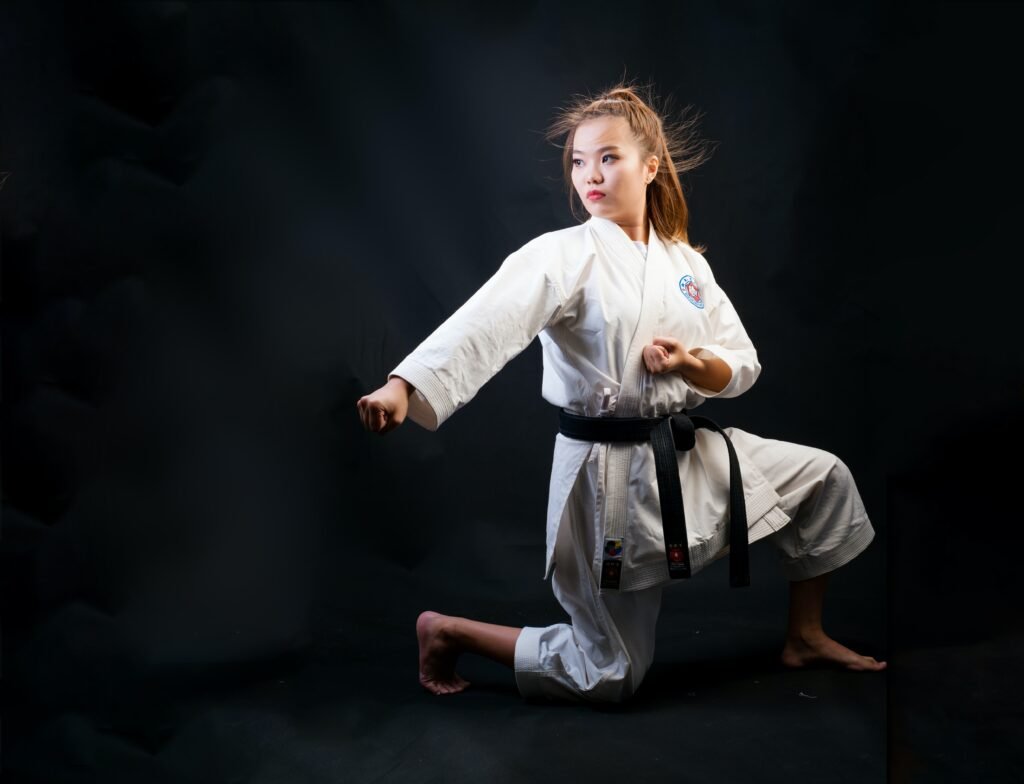
Weapon-Based Arts
Kali
Kali, originating from the Philippines, is a comprehensive martial art that incorporates weapons training. It focuses on armed and unarmed combat, teaching practitioners how to use various weapons such as sticks, knives, and swords, as well as empty-hand techniques. Kali includes drills, patterns, and sparring to develop coordination, precision, and adaptability. By learning weapon-based self-defense skills, individuals can effectively defend themselves against armed attackers and gain a deeper understanding of timing, distance, and strategy in combat situations.
Kendo
Kendo, a Japanese martial art, is the way of the sword. Derived from the samurai's sword fighting techniques, Kendo involves practitioners wearing protective armor and engaging in intense sword-fighting sparring sessions using bamboo swords known as "shinai." Kendo combines physical techniques with a strong emphasis on mental discipline and focus. Through training, practitioners develop their reflexes, judgment, and spirit. While Kendo primarily focuses on swordsmanship, the principles and discipline instilled in practitioners make it a valuable self-defense art that emphasizes the importance of timing, mindset, and control.
Considerations
Physical attributes
When choosing a martial art for self-defense, consider your physical attributes such as strength, flexibility, and mobility. Some styles may be better suited for individuals with certain physical traits. For example, striking arts like karate and Muay Thai require strength and explosive power for effective strikes, while grappling arts like BJJ and Judo rely more on leverage and technique. Assessing your own physical capabilities can help you select a martial art that complements your strengths and allows you to maximize your self-defense potential.
Time commitment
Different martial arts require varying levels of commitment in terms of training frequency and duration. Consider your schedule and availability when choosing a martial art for self-defense. Striking arts often involve frequent practice sessions to build muscle memory and reflexes, while grappling arts may require more time for learning intricate techniques and drilling. Evaluate how much time you can realistically devote to training to ensure you can progress and develop proficiency in your chosen martial art.
Realistic training
While many martial arts include training methodologies that simulate real-life scenarios, it is essential to assess the practicality and realism of the training methods used in a particular martial art. Look for styles that incorporate realistic self-defense scenarios, stress drills, and sparring to simulate high-pressure situations. This practical training ensures that you develop the necessary skills, muscle memory, and mental fortitude to effectively defend yourself in real-life encounters.
Instructor’s expertise
The expertise and experience of the instructor play a crucial role in your martial arts journey. Research the background, certifications, and teaching experience of potential instructors before committing to a particular martial art. An experienced and knowledgeable instructor can provide valuable insights, correct your techniques, and ensure your safety during training. Seek recommendations, read reviews, and observe classes to gauge the instructor's expertise and teaching style to make an informed decision.
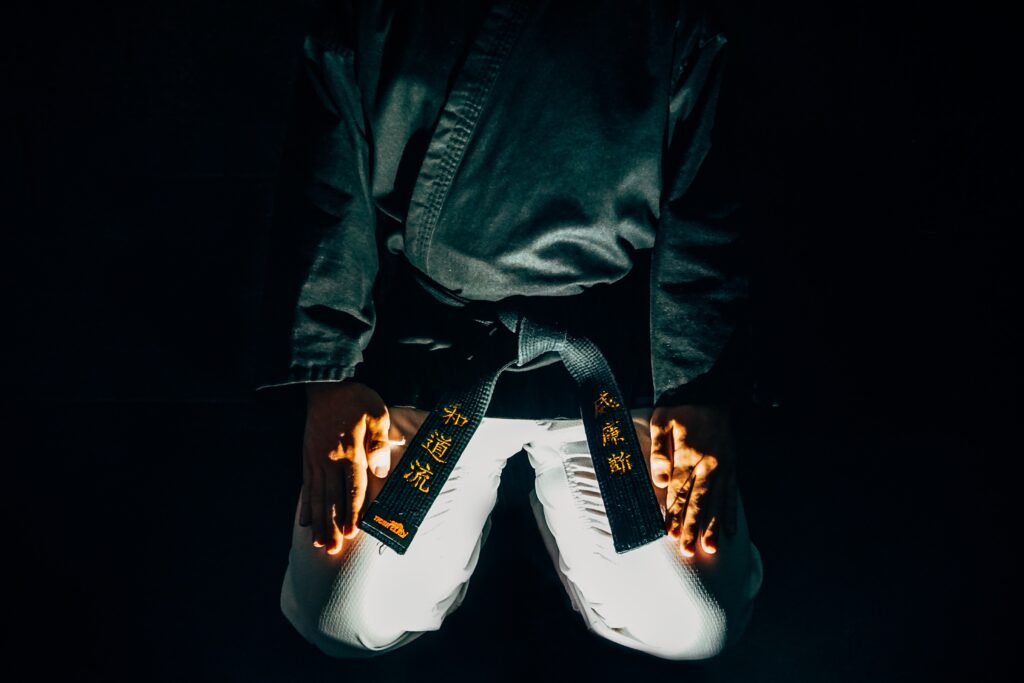
Conclusion
Choosing the right martial art for self-defense is a personal decision that should be based on your preferences, physical attributes, and goals. Whether you are interested in striking arts like Karate or Muay Thai, grappling arts like Brazilian Jiu-Jitsu or Judo, hybrid martial arts like Krav Maga or Jeet Kune Do, or weapon-based arts like Kali or Kendo, each style has its unique benefits and self-defense applications. Remember to consider your physical attributes, time commitment, realistic training opportunities, and the expertise of your instructor. With dedication and consistent training, any of these martial arts can empower you with the tools to protect yourself and enhance your personal safety. So, start your martial arts journey today and develop the skills to confidently navigate the world with self-defense expertise.
